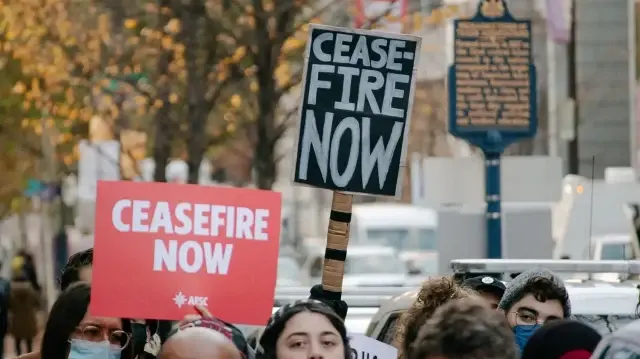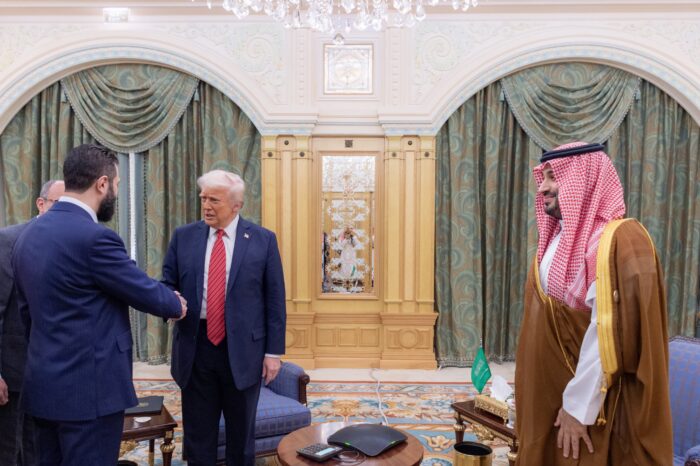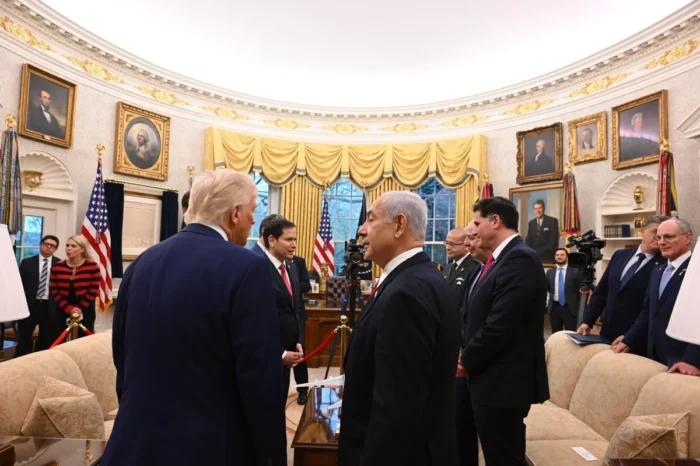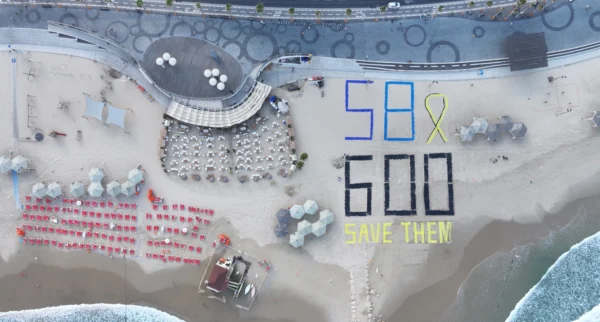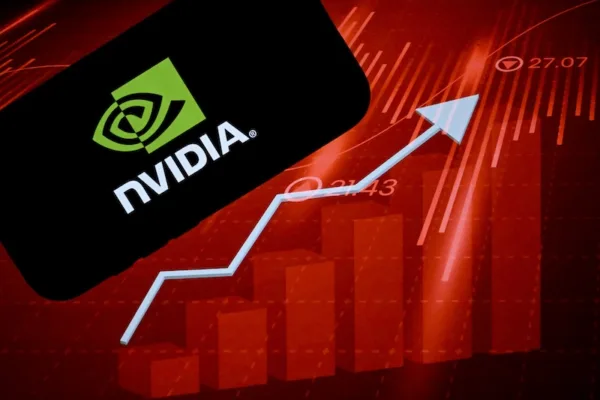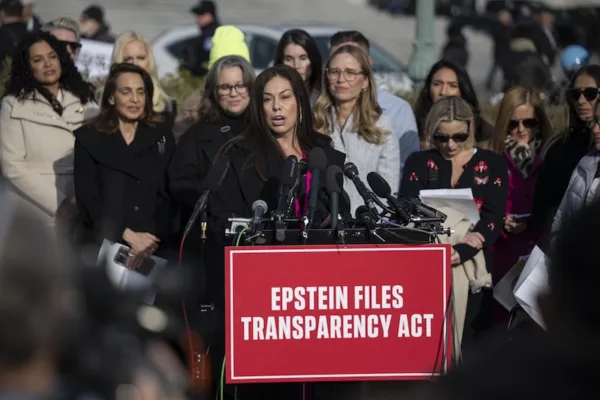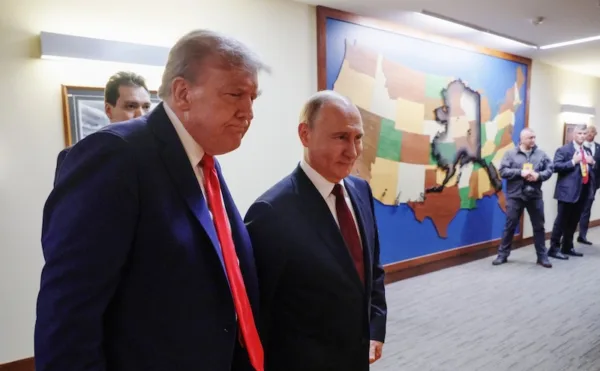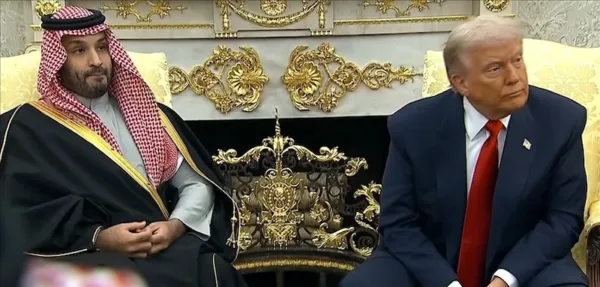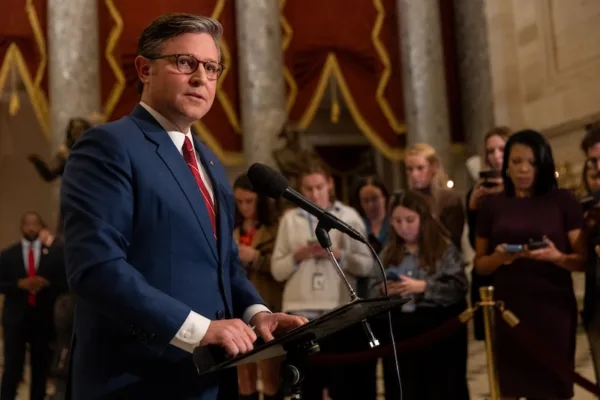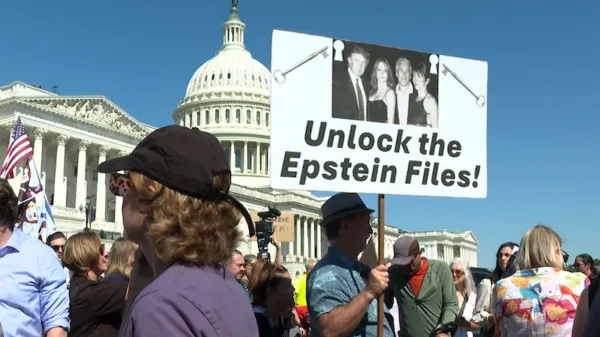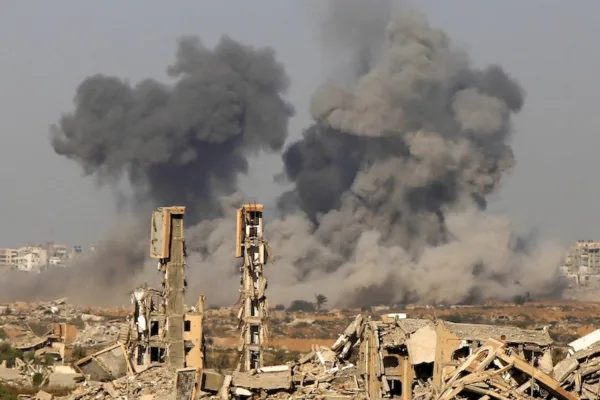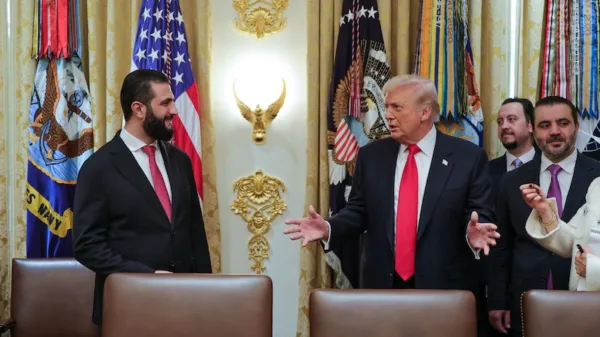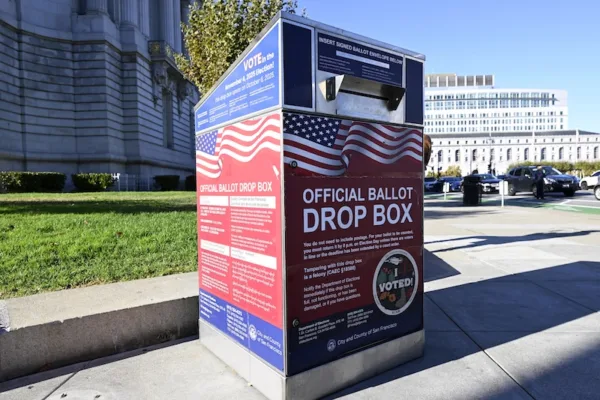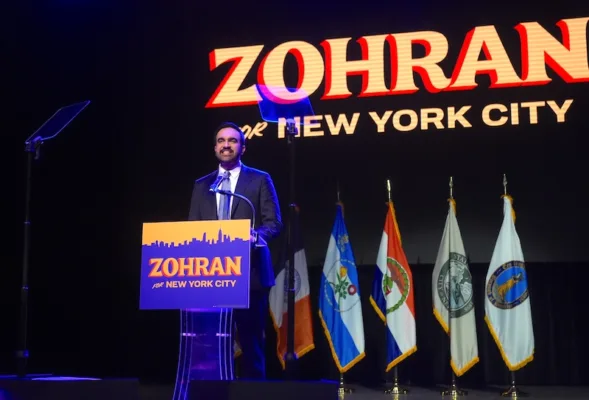“The birth of a new Middle East” at the Sharm el-Sheikh summit
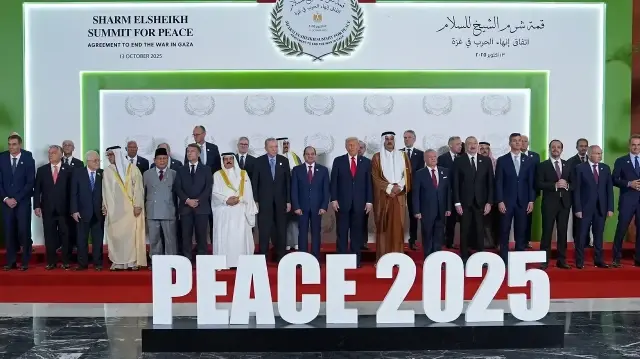
Meeting with regional leaders to turn the prisoner swap and ceasefire deal in Gaza into a lasting peace process, Trump declared that a new Middle East was being born, pledging to see the process through. The declaration of intent for peace, which President Erdoğan also signed at the summit, goes beyond ending the war in Gaza and represents a commitment by the signatory parties to work together to ensure stability in the region. The agreement on implementing the peace plan will allow regional countries to lobby Trump to intervene if Israel takes any steps to derail the process. Unlike Biden, who avoided putting pressure on Israel while offering it full support, Trump reacted swiftly after the Qatar attack and seems more open to the concerns of regional countries. What Trump likely means by the “birth of a new Middle East” is continuing to strengthen ties with Arab states without compromising his pro-Israel stance.
THE ENFORCEMENT POWER OF THE PEACE DECLARATION
The summit in Sharm el-Sheikh carries critical importance as it formalizes the willingness of regional countries to rally around Trump’s plan. Previously, Türkiye’s intense diplomatic efforts forced Arab and Islamic states to adopt a common stance, but Israel’s use of overwhelming military force with American backing could not be prevented. A key dynamic was that Arab countries did not want to jeopardize their relations with Washington by strongly reacting to Israel or the US. Following Israel’s attack on the Hamas delegation in Qatar, Qatar’s response played a decisive role in pushing Trump to act. Expressing his dissatisfaction with the attack publicly, Trump pressured Netanyahu to declare “victory” and sign an agreement. In return, Trump visited Israel before the Sharm el-Sheikh summit to show support for Netanyahu, while pledging to launch a peace process with Arab states — positioning himself as the key mediator and main sponsor of peace.
Although the peace declaration signed in Egypt does not carry binding enforcement power, it will serve as a psychological deterrent if Israel decides to return to war, since that would mean violating “Trump’s peace plan.” Trump has strong reasons to listen to regional countries, especially Gulf states like Qatar with massive investment power, as he doesn’t want to damage US ties with them. But these countries need to take concrete steps. Otherwise, Israel’s genocide in Gaza could spread to the rest of Palestine. If Arab states, prioritizing their own national interests, continue to avoid linking their ties with the US to the Palestinian issue, lasting peace will become even harder to achieve. If, however, the signatories use this declaration as leverage to keep Trump’s pressure on Israel going, the chances for lasting peace will increase.
A NEW MIDDLE EAST?
In his speech in Sharm el-Sheikh, Trump wasted no time in framing the ceasefire and prisoner exchange as a major success story and spoke of “the birth of a new Middle East.” It’s clear this vision doesn’t include ending Israel’s occupation or holding it accountable for the genocide it has carried out over the past two years. Trump’s plan envisions Hamas’ disarmament and Gaza’s reconstruction under an international commission, though both face major practical hurdles. There is also no concrete clause to prevent Israel from resuming its attacks. Despite this, Trump is positioning himself as the key player promising peace and a new Middle East. As the “actor who brings peace,” he will also push forward the agenda of normalizing Israel’s relations with Arab countries. It’s fair to say Trump’s vision for the region aims to secure Arab-Israeli peace while again sidelining the Palestinian issue.
Hamas’ October 7 attacks once again demonstrated that without resolving the Palestinian question, there can be no lasting peace in the region. During his first term, Trump pushed through the Abraham Accords and recognized Jerusalem as Israel’s capital. In his second term, he both continued support for Israel and struck Iran’s nuclear facilities. In his speech in Israel, Trump personally acknowledged the power of the Israeli lobby and hinted that Miriam Adelson, the billionaire donor influential in the Jerusalem decision, “loves Israel more than the US.” Trump is known to have been uneasy about the prospect of a major war with Iran and Israel’s attack on Qatar. His sensitivity to the rising anti-Israel sentiment among his base is also evident in his remarks about Adelson. Trump doesn’t prioritize solving the Palestinian issue, but he sees the pressure from regional states as something that could slightly counterbalance the Israeli lobby.
The peace declaration in Sharm el-Sheikh is significant not because it offers concrete steps to solve the Palestinian issue, but because it unfolds under Trump’s sponsorship — someone capable of applying real pressure on Israel. In the short term, this process is unlikely to produce a two-state solution or a new regional security architecture, but it matters because it can help Washington halt Israel’s genocide and give Gaza some breathing space. As long as Israel’s occupation continues, neither the Palestinian issue can be resolved nor a genuine new Middle East can be built. Even so, Trump’s engagement signals that regional states may gain more leverage over the only actor capable of restraining Israel’s aggression. If they can learn to develop a unified stance, that is when the birth of a new Middle East might actually become possible.

